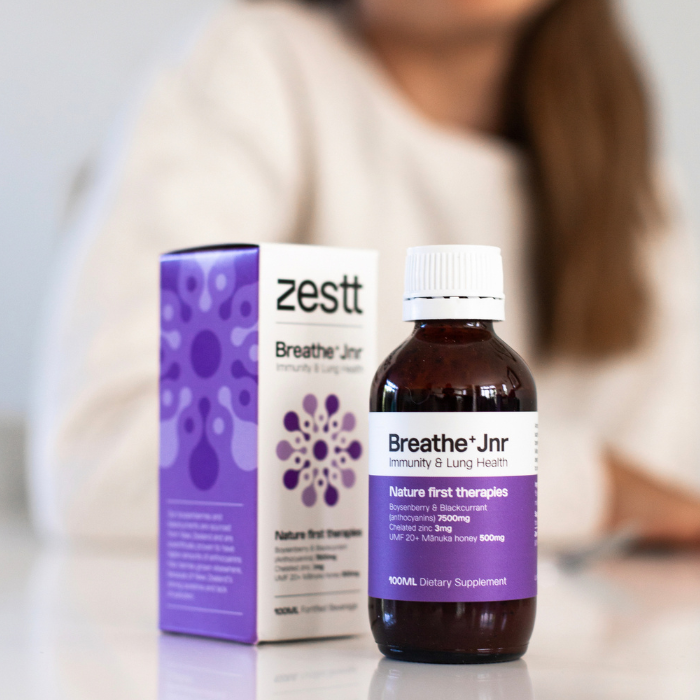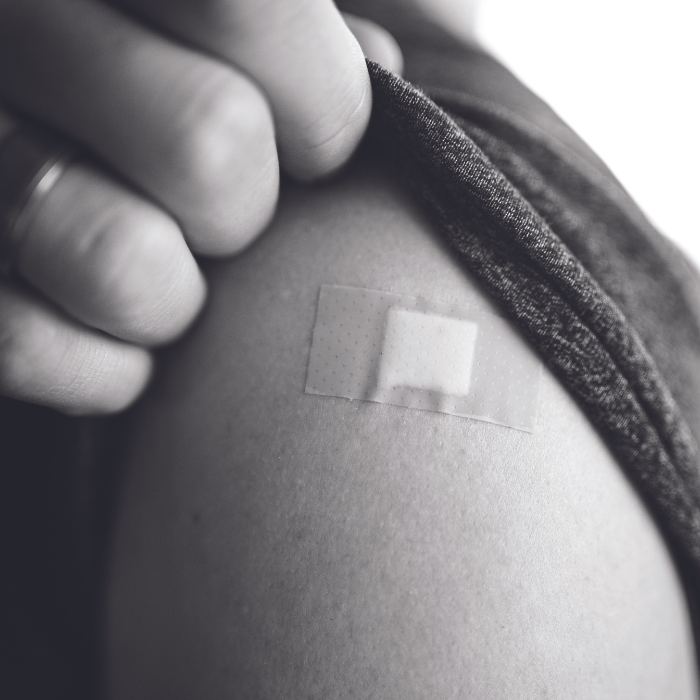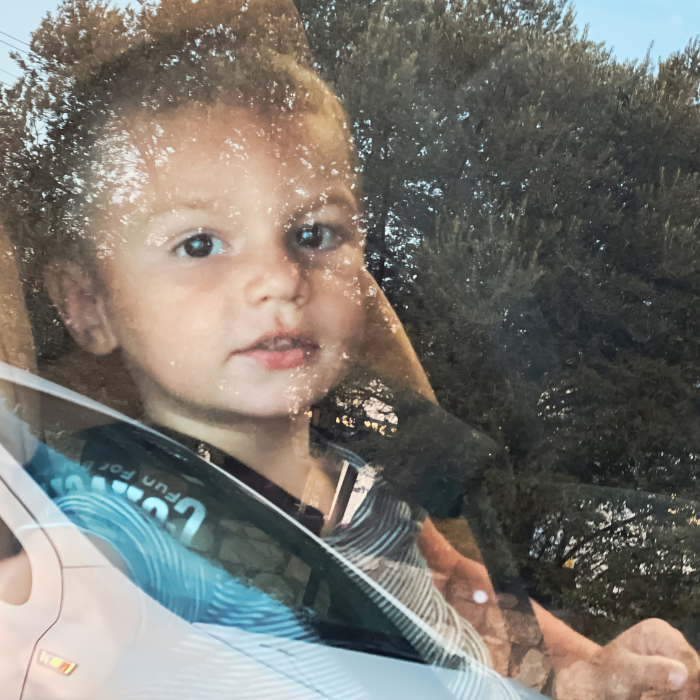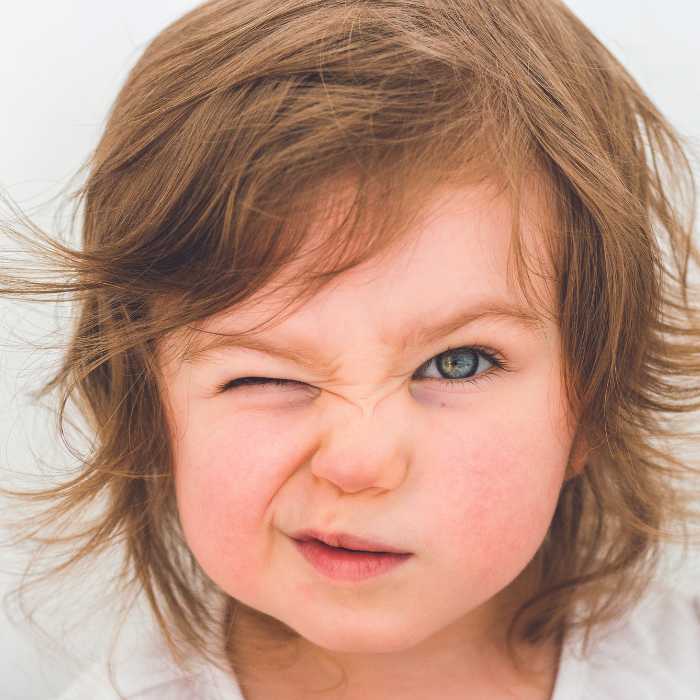
Parties, play dates and the classroom. Mingling with mates is all fun and games — until things start to spread.
Nits
Head lice, which we tend to call nits, are small, flat insects about two to three millimetres long. They live on the scalp and lay their eggs on strands of hair. Anyone can get nits, it doesn’t matter whether their hair is clean or dirty. Nits are sneaky, they spread by crawling from one person’s hair to another, usually between people who are in close proximity, like family members or classmates. Nits can be white, brown, or dark grey and are often found in the hair at the back of the neck or behind the ears. They can’t fly, jump, or swim, but they do stay on the scalp after swimming or bathing. Female head lice lay about 10 eggs each night. The eggs are small and hard (like a grain of salt), laid close to the scalp, and seem to be firmly ‘glued’ to strands of hair, and are pale grey in colour. After hatching, the empty egg cases are white. Eggs hatch in nine days, and nits live for around 40 days.
Treating nits
• A special shampoo or lotion that you can get from a chemist will kill head lice and eggs. Always follow the instructions and do a second treatment a week to 10 days after the first to kill any nits that may have hatched after the first treatments.
• Wet-comb the hair and scalp with a conditioner. Use a fine-toothed metal comb or nit comb (ask your chemist) to check for nits and to comb them out. After you have combed all of the hair, rinse out the conditioner.

School sores
School sores (impetigo) are caused by Streptococcus or Staphylococcus bacteria. The condition is highly contagious. At first, it consists of small, itchy blisters that rupture, leaving red, open patches of skin. The sores heal in a few days, though yellow crust may form over the rash.
Treating school sores
• Topical or oral antibiotics, prescribed by a doctor.
Reduce the spread of school sore with good hygiene, covering the sores with dressing, and keeping your distance until cured.
Scabies
Scabies are pink bumps filled with fluid, often appearing in a row, and are very contagious via skin-to-skin contact. The itching gets worse at night or after a warm bath because it’s caused by tiny mites that burrow and lay eggs inside the skin.
Treating scabies
• Apply a special chemical (called scabicide) to the whole family, and was all clothes, bedding, and towels in hot water.
Treating scabies
• Apply a special chemical (called scabicide) to the whole family, and was all clothes, bedding, and towels in hot water.
More on nits from Tots to Teens:








